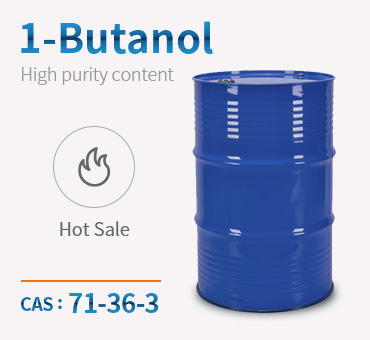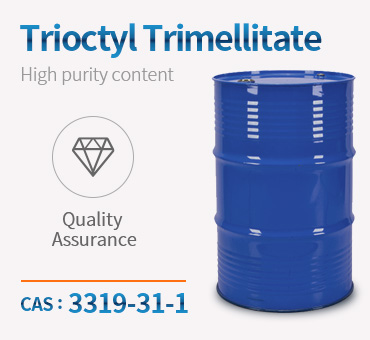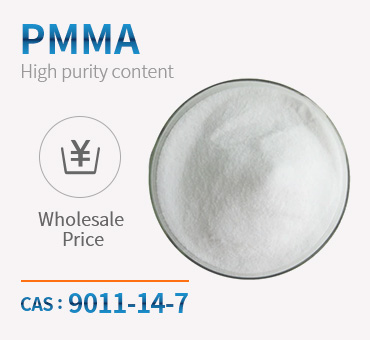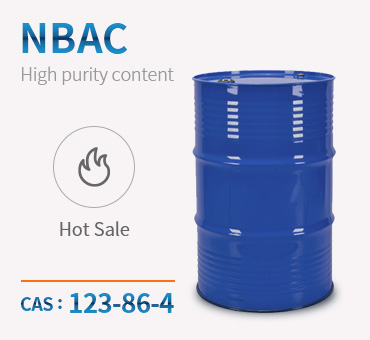Free sample for Hexane Trading - 1-butanol CAS 71-36-3 Factory Direct Supply – Chemwin Detail:
Product Name:n-butanol
Molecular format:C4H10O
CAS No:71-36-3
Product molecular structure:

Chemical Properties:
1-Butanol is a type of alcohol with four carbon atoms being contained per molecule. Its molecular formula is CH3CH2CH2CH2OH with three isomers, namely iso-butanol, sec-butanol and tert-butanol. It is colorless liquid with alcohol odor.
It has the boiling point of being 117.7 ℃, the density (20 ℃) being 0.8109g/cm3, the freezing point being-89.0 ℃, flash point being 36~38 ℃, self-ignition point being 689F and the refractive index being (n20D) 1.3993. At 20 ℃, its solubility in water is 7.7% (by weight) while the water solubility in 1-butanol was 20.1% (by weight). It is miscible with ethanol, ether and other kinds of organic solvents. It can be used as the solvents of a variety of paints and the raw material for producing the plasticizers, dibutyl phthalate. It can also be used for the manufacture of butyl acrylate, butyl acetate, and ethylene glycol butyl ether and also used as the extract of intermediates of organic synthesis and biochemical drugs and can also used in the manufacture of surfactants. Its steam can form explosive mixtures with air with the explosion limit being 3.7%~10.2% (volume fraction).
Application:
1-Butanol is the most important in industries and the most extensively studied. 1-Butanol is a colorless liquid with a strong, mildly alcoholic odor. It is used in chemical derivatives and as a solvent for paints, waxes, brake fluid, and cleaners.
Butanol is the allowable food flavors documented in the “food additives health standards” of China. It is mainly used for the preparation of food flavors of bananas, butter, cheese and whiskey. For the candy, the usage amount should be 34mg/kg; for baked foods, it should be 32mg/kg; for soft drinks, it should be 12mg/kg; for cold drinks, it should be 7.0mg/kg; for the cream, it should be 4.0mg/kg; for alcohol, it should be 1.0mg/kg.
It is mainly used for the manufacture of the n-butyl plasticizers of phthalic acid, aliphatic dicarboxylic acid and phosphoric acid that are widely applied to various kinds of plastic and rubber products. It can also be used as the raw material of producing butyraldehyde, butyric acid, butyl-amine and butyl lactate in the field of organic synthesis. It can also be used as the extraction agent of oil, drugs (such as antibiotics, hormones and vitamins) and spices as well as the alkyd paint additives. It can be used as the solvent of organic dyes and printing ink and de-waxing agent.
Product detail pictures:

Related Product Guide:
We enjoy an extremely good status among our prospects for our great merchandise top quality, competitive price and the ideal service for Free sample for Hexane Trading - 1-butanol CAS 71-36-3 Factory Direct Supply – Chemwin , The product will supply to all over the world, such as: Estonia, Las Vegas, azerbaijan, With the support of our highly experienced professionals, we manufacture and supply best quality products. These are quality tested at various occasions to ensure only flawless range is delivered to customers, we also customize the array as per the need of customers to meet the requirement of customers.
The customer service staff is very patient and has a positive and progressive attitude to our interest, so that we can have a comprehensive understanding of the product and finally we reached an agreement, thanks!
Products categories
-

Phone
-

E-mail
-

Whatsapp
-

Top










